The World Baby Monitor Market is currently characterized by a dynamic competitive landscape, driven by technological advancements and evolving consumer preferences. Key players such as Motorola (US), Philips (NL), and Nanit (US) are at the forefront, each adopting distinct strategies to enhance their market presence. Motorola (US) focuses on innovation, particularly in integrating smart technology into their products, which allows for enhanced connectivity and user experience. Philips (NL), on the other hand, emphasizes sustainability in its product development, aligning with the growing consumer demand for eco-friendly solutions. Nanit (US) leverages data analytics to provide personalized insights for parents, positioning itself as a leader in the premium segment of the market. Collectively, these strategies contribute to a competitive environment that is increasingly centered around technological differentiation and consumer-centric solutions.
In terms of business tactics, companies are increasingly localizing manufacturing to reduce costs and improve supply chain efficiency. This approach not only mitigates risks associated with The World Baby Monitor Market demands. The competitive structure of the World Baby Monitor Market appears moderately fragmented, with several players vying for market share. However, the influence of major companies like Motorola (US) and Philips (NL) is substantial, as they set trends that smaller players often follow.
In August 2025, Nanit (US) announced a partnership with a leading pediatric health organization to enhance its product offerings with expert-backed insights. This collaboration is strategically significant as it not only bolsters Nanit's credibility in the market but also enriches the user experience by providing parents with trusted health information. Such partnerships are likely to become a cornerstone of competitive strategy in the baby monitor sector, as they enhance product value and consumer trust.
In September 2025, Philips (NL) launched a new line of eco-friendly baby monitors, utilizing sustainable materials and energy-efficient technology. This move is indicative of a broader trend towards sustainability in consumer electronics, reflecting changing consumer values. By prioritizing environmental considerations, Philips (NL) not only differentiates itself from competitors but also appeals to a growing demographic of environmentally conscious consumers.
In October 2025, Motorola (US) unveiled an advanced baby monitor featuring AI-driven analytics that provide real-time insights into a baby's sleep patterns. This innovation underscores the increasing integration of artificial intelligence in baby monitoring technology, which is likely to enhance user engagement and satisfaction. As AI continues to evolve, it may redefine the functionalities expected from baby monitors, pushing competitors to innovate further.
As of October 2025, the competitive trends in the World Baby Monitor Market are increasingly defined by digitalization, sustainability, and the integration of artificial intelligence. Strategic alliances, such as partnerships between technology firms and health organizations, are shaping the landscape by enhancing product offerings and consumer trust. Looking ahead, competitive differentiation is expected to shift from traditional price-based competition to a focus on innovation, technological advancements, and supply chain reliability. Companies that can effectively leverage these trends will likely secure a competitive edge in this evolving market.


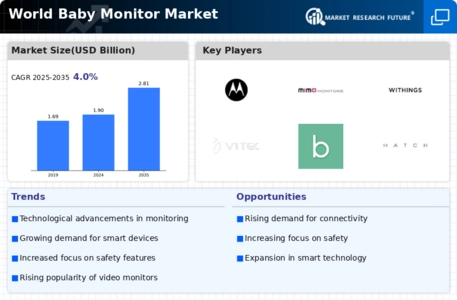
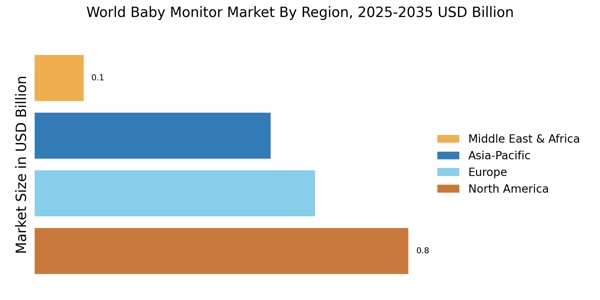
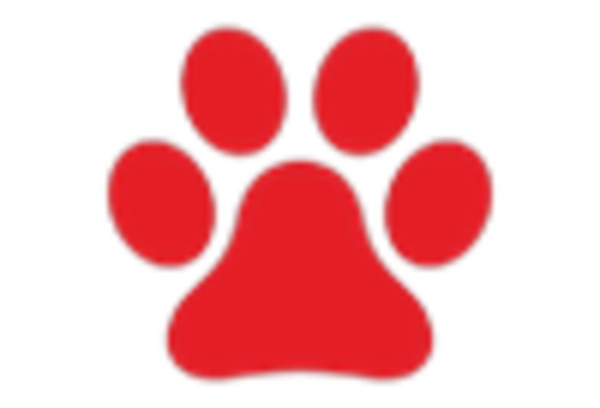
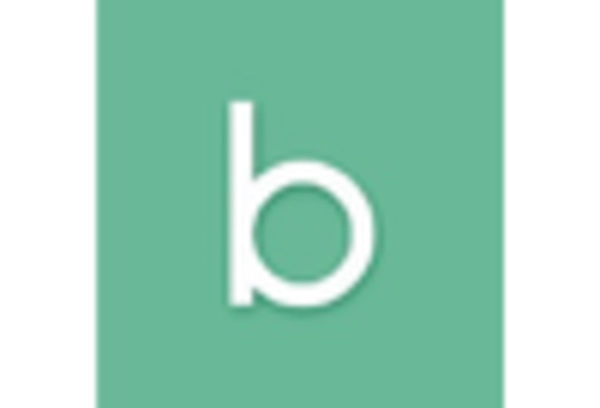
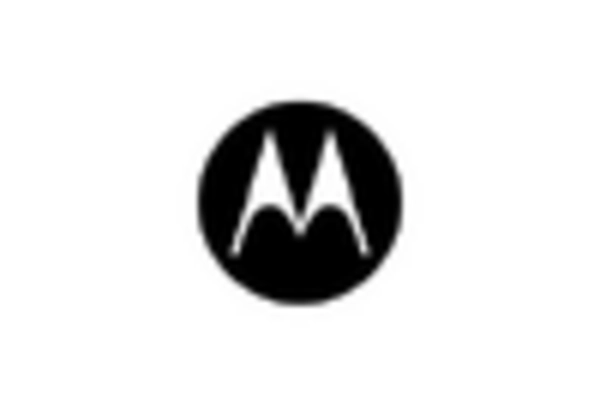
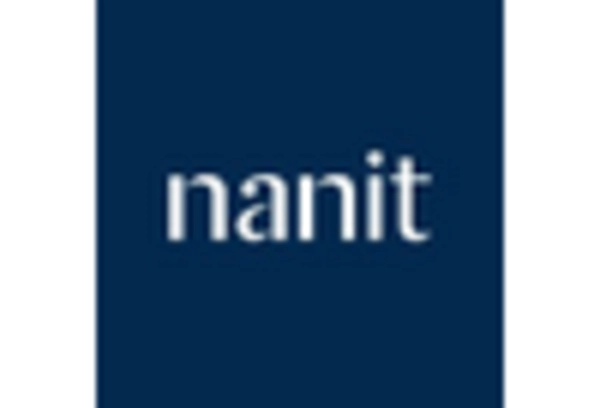










Leave a Comment